Contrast Resonance




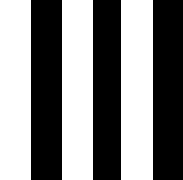 |
Here are evenly spaced vertical strips |
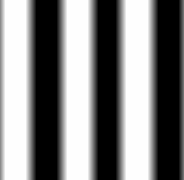 |
If your sight is not sharp, you will rather see that. |
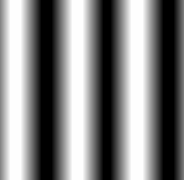 |
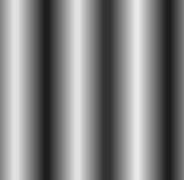 |
 |
These pictures get more and more fuzzy. |
 |
By increasing the fuzzyness a bit, you will have an all gray picture. |
 |
The surprise comes when you go further in fuzzyness. The strips reappear (resonance)! Not only they do, but they are inverted ! |
The following picture summarizes (click on it for a bigger version, 105 KO) the phenomenons.
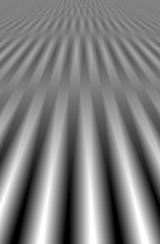
| Two more pictures, the one on the right is a fuzzy version of the one on the left | 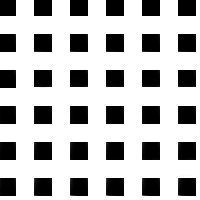 |
 |